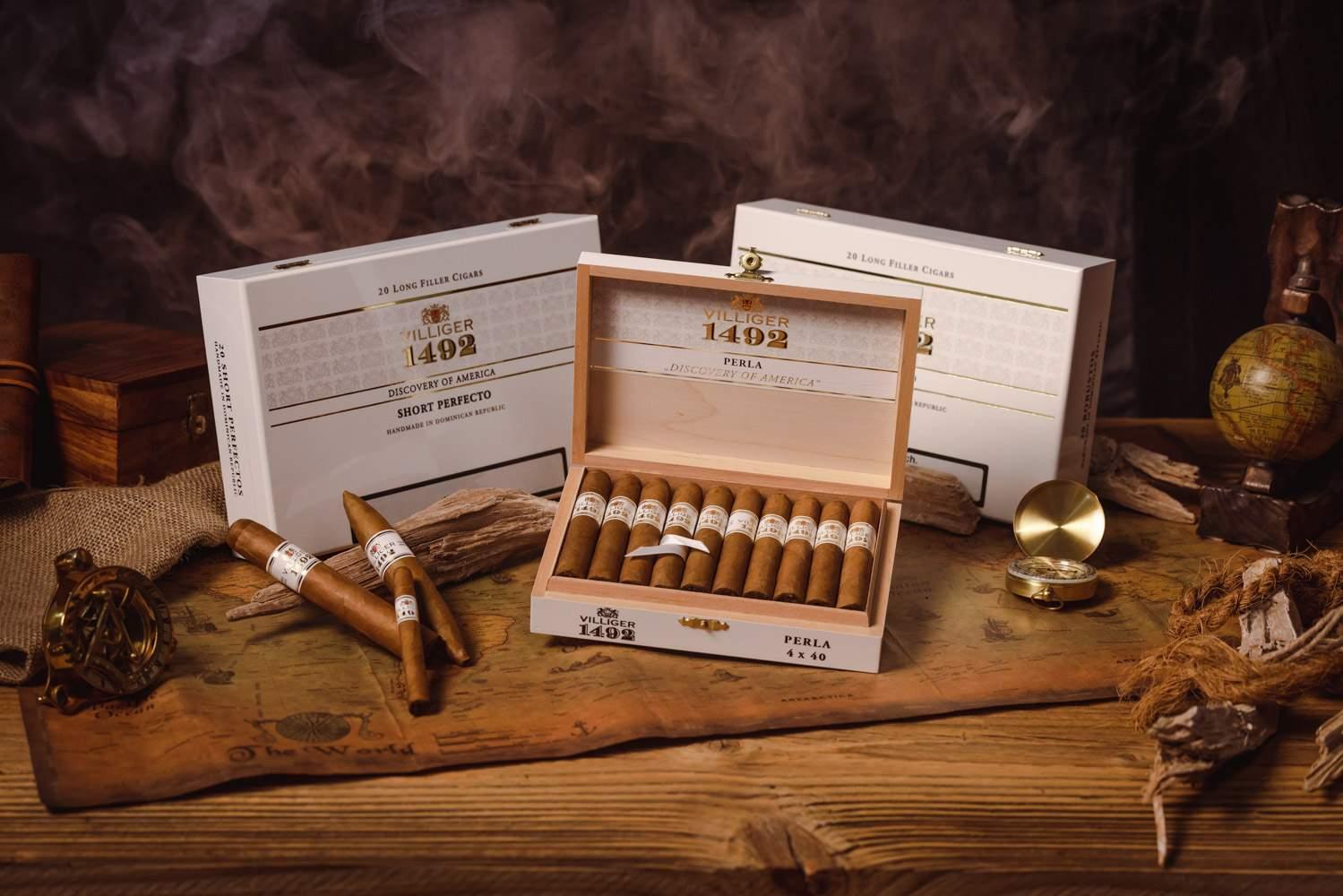Europeans smoked even before the discovery of America. However, tobacco only came to Europe with the seafarers. Native Americans used tobacco for medicinal purposes, rituals, and trade. Even then, indigenous peoples enjoyed tobacco in many ways, including smoking it orally.
Many great navigators, such as Amerigo Vespucci, Ferdinand Magellan, and Pedro Álvares Cabral, claimed to have discovered tobacco. However, the first documented encounter of European seafarers with tobacco was recorded by Christopher Columbus in November 1492.
Gift tobacco and drink smoke
The exact origin of tobacco smoking is unknown. We know that tobacco was smoked in South America for thousands of years. When Christopher Columbus landed on a Bahamian island in 1492 during his supposed voyage to China, tobacco was one of the gifts he received from the local population. However, Columbus only understood what the dried leaves were all about after he sent two crew members on an expedition inland during his onward voyage to Cuba. On their return voyage, the two encountered a group of natives with a “band of fire in their hands and herbs whose smoke they drank,” as Columbus noted in his logbook on November 6, 1492.

Remedies, rituals, and trade
At first, the Italian navigator mistook the observations for primitive customs. However, he soon learned that the natives had many uses for tobacco:
- The rolled leaves were smoked during festivals and religious ceremonies. In specific cultures, smoking was initially reserved for priests because it was considered a way to connect with the gods or ancestors.
- Later, tribal chiefs also began to smoke tobacco – in pipes – on special occasions, such as when signing peace treaties.
- Tobacco was also a popular remedy, often in combination with other herbs. Some herbal mixtures even created a hallucinogenic effect.
- Since the indigenous people of the Americas carried tobacco leaves in small pouches, they were also highly valued as a commodity. European seafarers and settlers soon made this tradition their own. Seafarers first brought tobacco to the North American colonies and then to Europe. It was not until 1520 – 14 years after Columbus’ death – that the first tobacco seeds were brought to Europe. For more on tobacco and cigar history, see Cigar History and Bock Cigars.
Chew, sniff, smoke
Back then, tobacco was not only smoked. Chewing tobacco was not the invention of extraordinary Western heroes. European settlers encountered natives chewing tobacco leaves with lime on the north coast of South America long before Sitting Bull. The people of the Caribbean islands snorted a powder containing 50% tobacco, and those living in what is now Guyana (northern South America) used to boil tobacco down to a liquid. The early conquistadors of America also came across original forms of cigars. The people in Brazil, Central America, and the Caribbean islands smoked small, rolled tobacco leaves wrapped in large leaves. In Mexico, crushed tobacco was stuffed into reed tubes. In North America, pipes were made of clay, wood, stone, tortoiseshell, or silver.

Taíno – innocent and kind indigenous people
The native inhabitants Christopher Columbus encountered in the Bahamas and Cuba in 1492 were the Taíno, an indigenous people of the Arawak. In his logbook, Columbus describes the Arawak as “innocent and so generous with what they have that no one would believe it if they had not seen it with their own eyes. Whatever you ask of them, they never decline. It goes even further. They will insist you accept it with such kindness as if they gave you their heart.” But this kind people met a sad fate. Only one hundred years after meeting Christopher Columbus, the Arawak were almost extinct on Hispaniola due to slavery and introduced diseases.
Lavender, pipes, and noses
As mentioned prior, Christopher Columbus died in 1506. He did not live to see tobacco conquer Europe and the rest of the world. Before the discovery of America and tobacco, people in Europe smoked, for example, hemp seeds or lavender. While historians agree that tobacco originated in the Americas, it’s possible that the Chinese invented the pipe. There is evidence to suggest that smoking was part of Asian culture long before the advent of Christianity – albeit only herbs and not tobacco. After all, before the discovery of America in 1492, tobacco was grown only in America.
Smoking tobacco through the mouth is not the only way to enjoy it. Most cigar and presumably pipe aficionados might not know what historian Daniel Boorstin added to Columbus’ first observations on tobacco smoking: “At each stop, young boys who carried the fire used to relight the long cigar they had with them. Then it would get passed to each crew member, who would take a few puffs through their noses. With that relaxing break over, the Taíno continued their journey.”